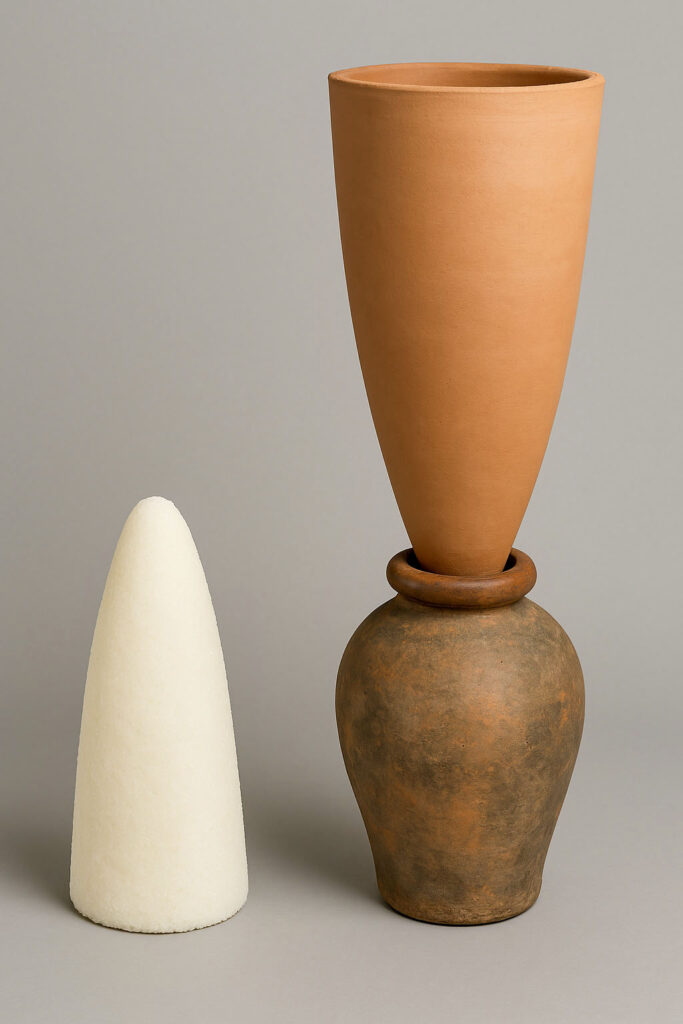Sugar

Sugar, also known as table sugar or sucrose, is one of the world’s oldest and most historically significant commodities. Its origins can be traced back to around 8,000 BC, when indigenous people in New Guinea first domesticated sugarcane and chewed it as a sweet treat. Over time, the cultivation and trade of sugar spread via sea routes to China and India.
Historical records indicate that crystallized sugar was used even before the time of Christ, although the process of producing it was labor-intensive. By the first century, Roman physicians were using sugar to treat stomach ailments. As demand for sugar grew, more efficient processing techniques emerged, though the basic practice of crushing cane to extract juice remains common today. For more detailed information, see the Mills page.
Sugar production in the Caribbean began with the introduction of sugarcane during Columbus’ second voyage in 1493. The first sugar production in the Spanish colony of Santo Domingo began in 1506, followed by the British colony of Barbados in 1627. While there are reports of British sugar production on St. Croix in 1621, it was the French who established sugarcane production at La Grange and La Grande Princesse. By the time Denmark acquired St. Croix in 1733, sugarcane production in the Caribbean was well-established, ushering in the era when “Sugar is King.”
In Europe, developments occurred that would profoundly impact the Caribbean sugar industry. In 1747, German chemist Andreas Marggraf patented a method for extracting sugar from beets. His apprentice, Franz Karl Achard, later improved this process through selective breeding of sugar beets, leading to the opening of the first sugar beet factory in 1802 in Cunern, Silesia (now in modern-day Poland).
The Napoleonic Wars (1803-1815) and the implementation of the “Continental System,” along with naval blockades, disrupted the sugar cane trade. In response, Napoleon sought alternative sugar sources and turned to the “Society for the Encouragement of National Industry” to develop new methods. Marggraf’s earlier patent became instrumental, marking a pivotal moment in sugar history.
The Napoleonic Wars created the economic and strategic conditions that accelerated the development of sugar beet as a viable alternative to sugarcane. Napoleon’s support for domestic sugar beet production helped mitigate the impact of British blockades and laid the foundation for a European sugar industry independent of colonial imports. This shift had long-term effects on global agriculture, trade, and the economy.
While sugarcane has not been commercially grown on St. Croix since the 1960s, there are signs that this may change in the future.
The sugar content of liquids like cane juice is measured in degrees Brix (°Brix), which represents the percentage of sugar by weight in a liquid solution. This measurement is named after Adolph Brix. Originally, the sugar content of the first factory-processed beets was around 6° Brix, but modern sugar beets can reach up to 20° Brix. In contrast, contemporary sugarcane typically ranges from 15° Brix to 23° Brix. Due to these developments, it has become more economically viable to cultivate sugar beets in temperate climates—such as in North Dakota—than to rely on sugarcane grown in tropical or subtropical regions for sugar production in Europe and North America. In the United States, sugarcane is mainly cultivated in Florida, Louisiana, Texas, and Hawaii. Interestingly, France and Britain are no longer major consumers of sugar.
Sucrose Production Process:
Sucrose, derived from sugarcane, is a disaccharide composed of two monosaccharide units—glucose and fructose—linked by a glycosidic bond, and it is the primary component of white sugar. An enzyme called invertase (also known as sucrase) breaks down sucrose into glucose and fructose, collectively known as invert sugars. Sucrose is produced through photosynthesis in the leaves and then transported through the phloem to the stem for storage.
At the nodes (joints) of the cane, physical injury or natural processes may cause some sucrose to leak, providing a food source for fungi or microorganisms. These organisms use their own enzymes, such as invertase, to metabolize the sucrose—not the plant enzyme sucrose synthase, which is involved in the plant’s internal sugar metabolism.
Before crushing the cane to extract juice, the stalks are stripped and washed. However, some fungal or microbial contamination may remain, making it important to prevent microbial enzymes from converting sucrose into invert sugars, which can interfere with crystallization during sugar processing. To stop this, the juice is quickly heated in the first “pan”—traditionally made of copper for its excellent heat conduction—to denature enzymes.
Next, the juice is transferred to an iron clarifier pan, where it is mixed with limewater (a calcium hydroxide solution) to neutralize acidity and help precipitate impurities. Historically, bull’s blood or egg whites were used as coagulants to clarify the juice by trapping suspended solids, which were then skimmed off. Once clarified, the juice proceeds to the crystallization process to produce raw sugar.
Today
Robert Apfel, a seasoned entrepreneur in banking and securities from Brooklyn, founded “Raising Cane” with the vision of reviving the sugar cane industry. This initiative was launched on the land of Estate Prosperity on the west end of St. Croix. For more details, you can refer to articles from the St. Croix Source and a document available on vihistorians.net. Unfortunately, baseless biases within the community have hindered these agricultural efforts on St. Croix, as discussed in another article from the St. Croix Source.
More about Sugar
Sugar Addiction in the USA:
Sugar is the number one addiction in the United States, where it is consumed in various forms—Glucose, Fructose (fruit sugar), Sucrose (table sugar), and Lactose (milk sugar)—through our foods and beverages.
The World Health Organization recommends limiting sugar intake to 25 grams per day, but the average American consumes over 126 grams daily. Globally, sugar consumption was approximately 176 million metric tons in 2022/23 and is expected to rise to around 180.05 million metric tons by 2023/24 (Statista). As an update to this post, Statista reports sugar consumption at 177.33 million metric tons in 2023/24, and is projected to increase to about 178.79 million metric tons by 2024/2025.
Detail of the sugarcane plant. https://edis.ifas.ufl.edu/publication/SC034
.
